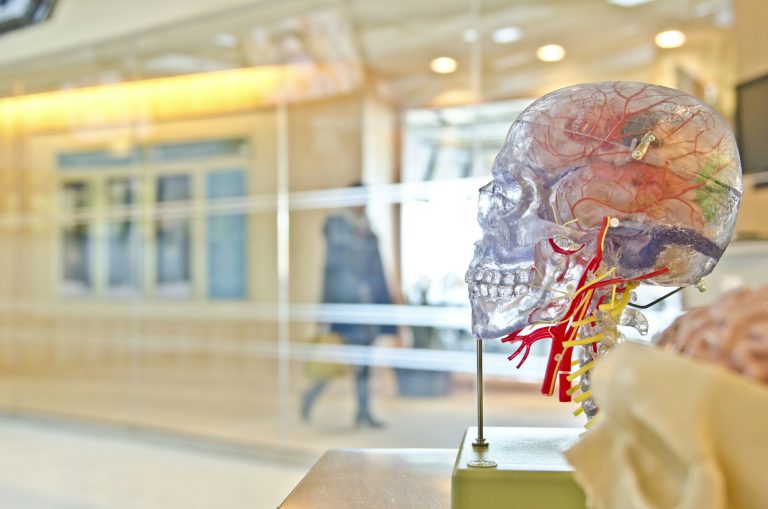Body language and understanding it are an important part of communication. It is often assumed that humans can innately recognize the emotions of others, but there is increasing evidence that the ability to decode these emotions is not instinctive but is shaped by culturally shared understandings of emotions.
A team of scientists in the United States decided to investigate how cultural upbringing and access to emotion category words, which categorize and facilitate access to a complex set of thoughts, experiences and emotional responses stored in our memory, affects how we perceive the emotional face of others. Expressions.
“Here we show that access to emotion category words such as 'disgust' differentially changes how brain regions interact with each other when people perceive emotions on others' faces,” said researcher Dr. Joseph Leshin. “Importantly, this effect depends on the individual's cultural upbringing.” “. at Northeastern University and first author of the study.
“Our findings contribute to growing evidence that emotional facial expressions are not universally produced and understood,” added lead author Dr. Christine Lindquist, a neuroscientist at the University of North Carolina, Chapel Hill, where data for the Frontiers in Psychology study were collected.
Stimulus to recognize emotions
Two groups of participants—Chinese individuals, who were born and raised in mainland China, but now live in the United States, and non-Hispanic white Americans, who were born and raised in the United States—were recruited for the study. While undergoing fMRI, both groups watched the actors form expressions of “disgust” and “anger” as typically displayed by white North Americans. Over four blocks, participants viewed expressions that were either preceded by the relevant emotion category word or a non-word control text.
“When they were primed with the word ‘disgust’ before seeing the corresponding facial expression, immigrants from mainland China showed decreased functional connectivity in brain regions related to semantic processing, visual perception, and social perception,” Lishin said.
“While white American participants tended to perceive nasal wrinkles and grimaces as evidence that another person was disgusted, Chinese participants were less likely to clearly associate facial muscle movements with disgust. Thus, their brains were likely working harder to articulate the meaning of the words at hand,” Lindquist explained. Disgusting facial muscle movements.
Importantly, presenting the Chinese participants with the “disgust” signal in English before seeing wrinkled noses and frowns changed how their brains processed those expressions. White American participants did not show the same differences in brain connectivity in the emotional words versus control text conditions, likely because the facial expressions were familiar to them.
These results suggest that seeing the English emotion category word before seeing the corresponding facial expression may help Chinese participants better understand the meaning behind the culturally relative expression. This also appears to apply even when the emotion is not central to the culture, as is the case with the idea of ”disgust” in Chinese culture, the researchers added.
Understand how people wear their hearts on their sleeves
The researchers said their findings should be interpreted in light of some limitations, for example the modest sample size and the fact that the groups of participants and emotion category words used in this study do not represent the full range of cultural or emotional diversity.
A starting point for future research could be to investigate whether similar differences can be found between cultures that are more similar to each other than China and the United States. Even subtle cultural differences can lead to differences in the neural processing of emotions, the researchers said. To date, there is relatively little work focusing on subcultures within the same country, for example within the United States or China.
Another area of application of the team's findings lies in artificial intelligence. “Our study suggests that AI tools designed to read emotions from faces should take into account cultural diversity to avoid misinterpreting people’s expressions and highlights the need for culturally informed AI,” Leshin concluded.
/General release. This material from the original organization/author(s) may be chronological in nature, and is edited for clarity, style and length. Mirage.News does not take corporate positions or parties, and all views, positions and conclusions expressed herein are solely those of the author(s).View in full here.

